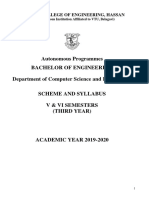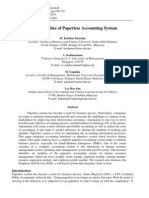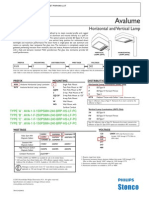0% found this document useful (0 votes)
40 views34 pagesCcs349 Image and Video Analytics
The document outlines the vision, mission, and educational objectives of the V V College of Engineering's Department of Computer Science and Engineering. It details various programs and algorithms related to image and video analytics, including T-pyramid, quad tree representation, geometric transforms, and object detection using Python. Additionally, it includes example Python code for implementing these concepts and achieving successful outputs.
Uploaded by
suryaksurya13Copyright
© © All Rights Reserved
We take content rights seriously. If you suspect this is your content, claim it here.
Available Formats
Download as PDF, TXT or read online on Scribd
0% found this document useful (0 votes)
40 views34 pagesCcs349 Image and Video Analytics
The document outlines the vision, mission, and educational objectives of the V V College of Engineering's Department of Computer Science and Engineering. It details various programs and algorithms related to image and video analytics, including T-pyramid, quad tree representation, geometric transforms, and object detection using Python. Additionally, it includes example Python code for implementing these concepts and achieving successful outputs.
Uploaded by
suryaksurya13Copyright
© © All Rights Reserved
We take content rights seriously. If you suspect this is your content, claim it here.
Available Formats
Download as PDF, TXT or read online on Scribd
/ 34





















































































